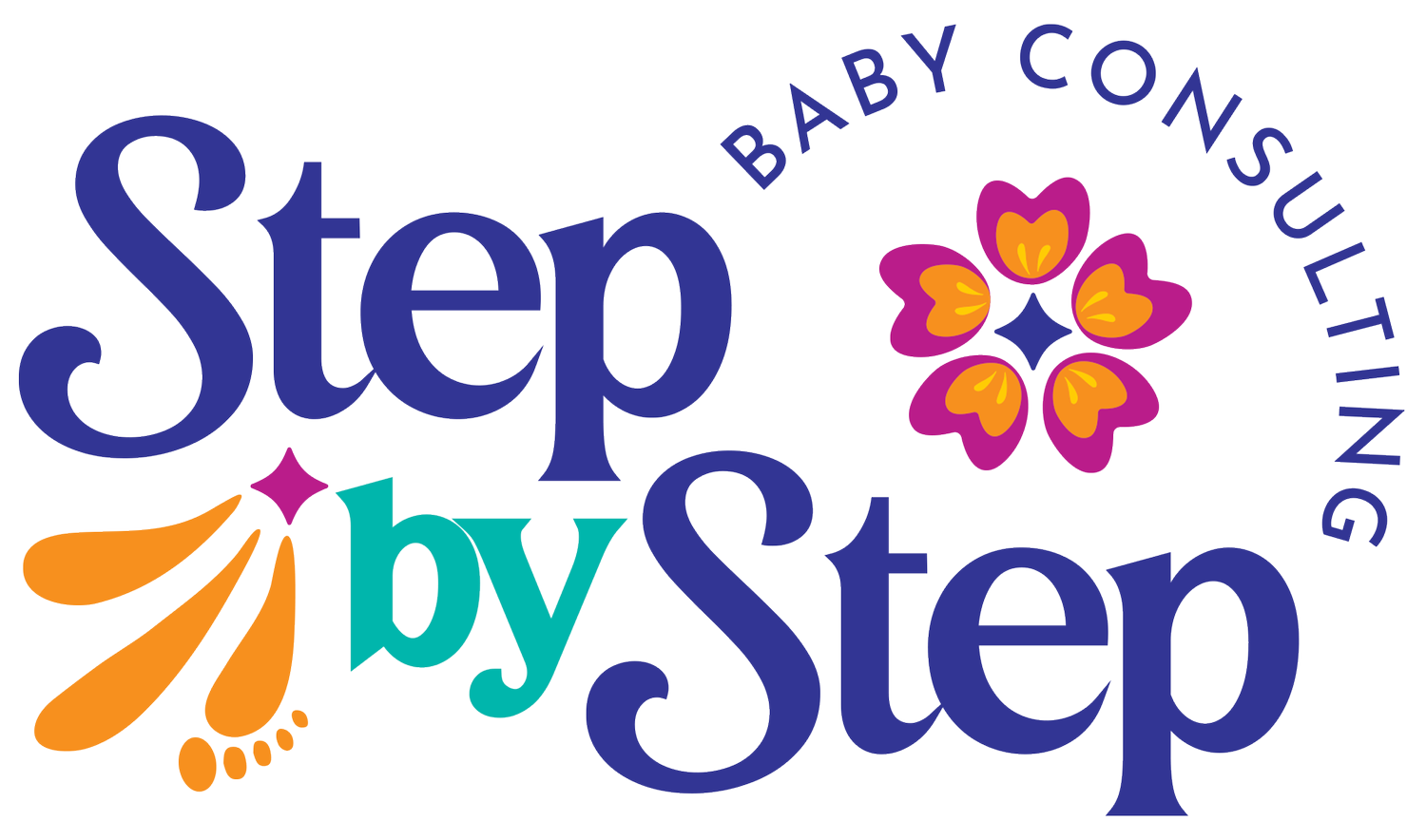Baby Sleep: Wake Windows or By the Clock Schedule?
You’ll see different sleep consultants recommend using “wake windows” or set schedules. WTH does this mean? What’s the difference? Is one recommendation better than the other? What’s right for your baby?
There’s so much that goes into it, so let’s dissect it all today!
Wake Windows
The notion of wake windows - the time your baby should be awake between periods of sleep - supports the logic behind the build up of the hormone adenosine and the need for the body to maintain homeostasis. As adenosine builds up in the body, you feel more tired. Sleeping relieves this “pressure”.
Younger babies have less tolerance for this build up and will need to relieve it by napping more frequently. As babies grow, they can accommodate more of this build up of adenosine, resulting in longer wake windows and more awake time stamina between periods of sleep.
I will always recommend that younger babies follow wake windows for this reason.
Wondering what your baby’s current wake windows look like? Grab my free sleep needs chart here! Print it out and keep it on your fridge for convenience as your child grows and develops. Trust me, you’ll want it handy because their sleep needs will change a lot that first year or so!
Here’s a quick list of average wake windows by age:
0 - 4 Weeks = 30 - 60 minutes
4 - 12 Weeks = 1 - 1.5 hours
3 - 4 Months = 1.25 - 2 hours
5 - 7 months = 2 - 3 hours
7 - 10 months = 2.5 - 3.5 hours
11 - 15 months = 3 - 4 hours
15/16 months + = 4 - 6 hours
Clock Schedules/Biological Times
Then, you’re probably wondering, when does my child move to a clock-based schedule?
With my own children and with my clients, I find that when families have followed wake windows, they eventually land on a biological clock schedule, with naps occurring around 9:00 a.m., 12:00 p.m., and 3:00 p.m. Once this starts to happen (typically between 6-9 months for most babies), you can pay more attention to the clock than your child’s wake windows.
Now, one thing to keep in mind is that if you’re following these biological clock times, you’ll want to incorporate an early bedtime.
The other thing I want to caution you about before putting your child on a clock schedule is to make sure they don’t have a “sleep debt”. When I first begin working with families, we work to “catch their child up” on sleep. Most kiddos come to me sleep deprived. We need to overcome that deprivation first (by following wake windows), and then can move to a set clock schedule. If you attempt to put your child on a clock schedule, they’re going to be fighting sleep because they’re overtired.
Signs It’s Time to Stretch Wake Windows
Before you assume your child is ready to stretch their wake window simply because of their age, I’d encourage you to be certain that it’s time. Sleep can be a tricky thing, and regressions happen with development. You wouldn’t want to assume sleep needs are changing when in reality, your child is just going through a bit of a regression. Then, you’d likely have an overtired baby going through a regression, and THAT’S NOT FUN FOR ANYONE!
So, here’s my best advice: If you notice sleep is off (your child is waking early, taking shorter-than-usual naps, fighting bedtime or naps, etc.), give it a solid 7-10 days before making any changes. If your child is still struggling after 10 days of consistency, then it may be time to stretch their wake windows.
How to Stretch Wake Windows
You’ll want to stretch windows just a bit at a time - 5-10 minutes or so. Follow your baby’s lead. They’ll show you what they’re capable of!
Ideally, we want to have your little one engaged towards the end of their window so they’re not tempted to fall asleep just anywhere.
Avoid car rides, stroller walks, and putting your baby in a carrier towards the end of their wake window. These activities are a sure-fire way to ensure your little one falls asleep, which we want to avoid if the goal is to stretch their wake window.
Instead, I’d recommend offering a solids snack, having your baby play in the grass (sensory experience), chase the dog around the house, blow bubbles, or have a dance party.
Water play or simply going outside is also a great activity for keeping a baby awake just a little longer.
Following a schedule or wake windows is one way you can improve your child’s sleep without sleep training. If you’re interested in working together and not sleep train, I’d invite you to take a look at my sleep shaping packages! We’d work together to improve your child’s sleep without sleep training.


